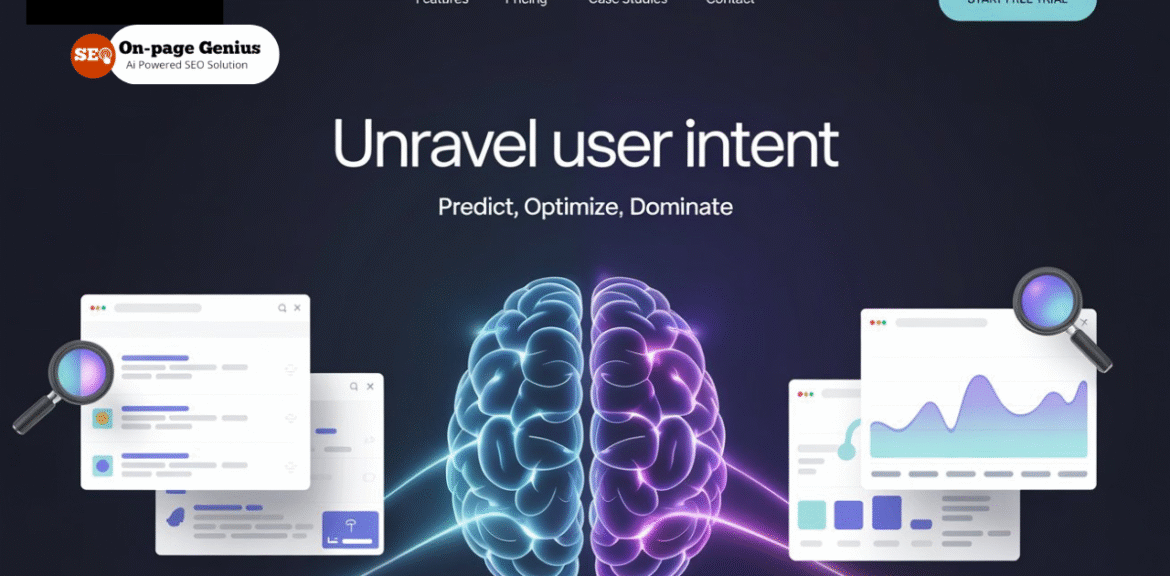
Semantic SEO is the future of content strategy. Instead of just chasing keywords, it focuses on understanding the meaning behind search queries — what users really want. In this blog, we’ll explore how AI helps uncover user intent and how you can use semantic SEO to create high-ranking, value-driven content.
Overview :
Final Thoughts: Stay Ahead with Semantic SEO
What is Semantic SEO?
Semantic SEO is a content strategy that optimizes content to match the context and meaning of a search, not just the keywords. It aligns with how Google’s AI algorithms interpret user intent and rank pages accordingly.
Example:
Instead of targeting the keyword “SEO tools,” semantic SEO would cover related topics like “best free SEO tools,” “how to use AI for SEO,” and “technical SEO tools,” providing deeper relevance.
Why is Semantic SEO Crucial in 2025?
With updates like Google’s BERT, MUM, and Search Generative Experience (SGE), traditional keyword-stuffed content is no longer effective. AI helps Google understand:
- The context behind a query
- The relationships between words
- What kind of content satisfies the query best
So, your content must answer why and how, not just what.
How AI Helps You Understand User Intent
AI tools analyze search data, trends, and behavior patterns. Here’s how they help:
- Natural Language Processing (NLP):
Tools like OnPageGenius and Clearscope scan your content for semantic relevance, suggesting entities and topic clusters Google expects. - Search Intent Detection:
AI can tell whether a keyword is informational, navigational, transactional, or commercial. - SERP Analysis:
AI shows what types of content are ranking — blog posts, videos, FAQs, etc.
Semantic SEO Techniques Using AI
1. Topic Clustering
Use AI to build content hubs. A single main article (pillar) can link to several supporting blogs (clusters) to provide full coverage of a topic.
2. Entity-Based Optimization
AI helps identify relevant entities (names, tools, places) your content should mention to improve context and ranking.
3. Question Answering
Use AI tools to extract “People Also Ask” questions and incorporate FAQ schema for better visibility.
4. Content Gap Analysis
Let AI scan competitors and suggest missing semantic elements or subtopics you should include.
5. Semantic Internal Linking
AI tools can find smart ways to link pages based on content meaning, not just keyword match.
Example: OnPageGenius Semantic SEO Workflow
At OnPageGenius, our AI SEO analyzer:
- Scans your existing pages for semantic gaps
- Suggests related entities and long-tail phrases
- Detects user intent behind your target keywords
- Recommends schema markup and internal link anchors
And yes, it’s free for a lifetime — with no restrictions.
Got doubts? We’re here for free consultation anytime.
Final Thoughts
Semantic SEO bridges the gap between human understanding and AI search algorithms. With the right tools and strategy, you’re not just optimizing content — you’re answering real human needs. In 2025 and beyond, this is your key to lasting rankings.
FAQs
Q1: Is semantic SEO better than traditional SEO?
Yes, semantic SEO is more effective because it aligns with how search engines understand language and user behavior.
Q2: Can beginners use AI for semantic SEO?
Absolutely! Tools like OnPageGenius simplify complex processes and offer guided audits for beginners.
Q3: Does semantic SEO require structured data?
It’s not mandatory but highly recommended. Schema markup improves semantic relevance and can boost rich results.
Q4: How fast can I see results using semantic SEO?
Improvements may begin in a few weeks, but strong semantic structures often build lasting authority over months.

